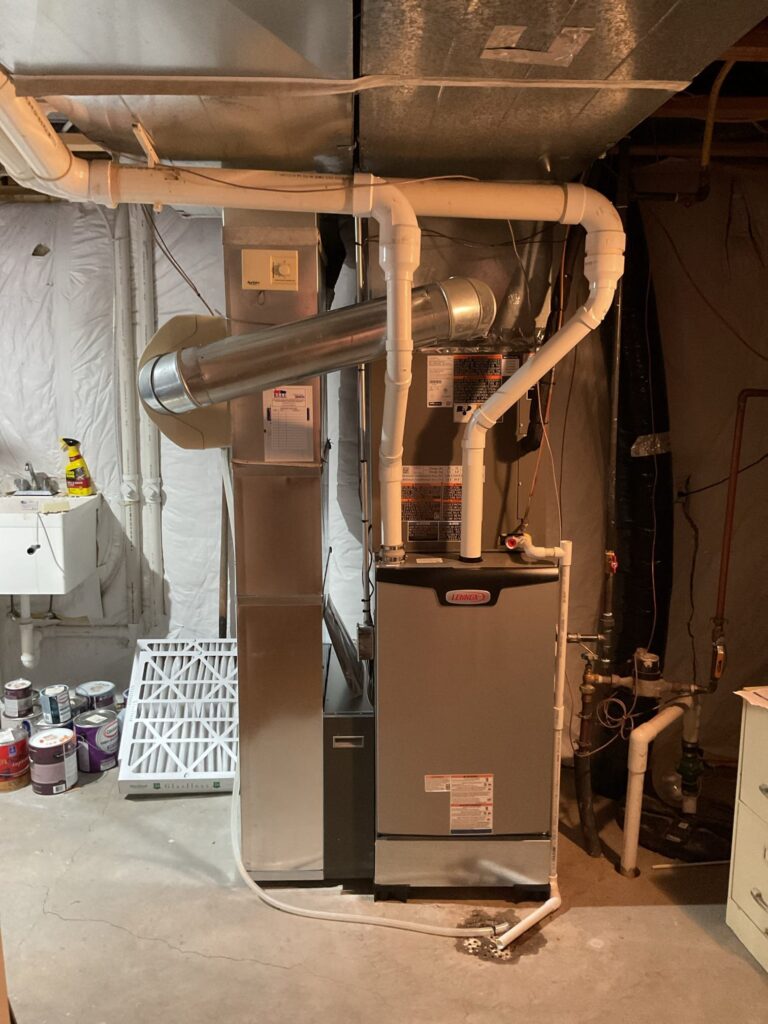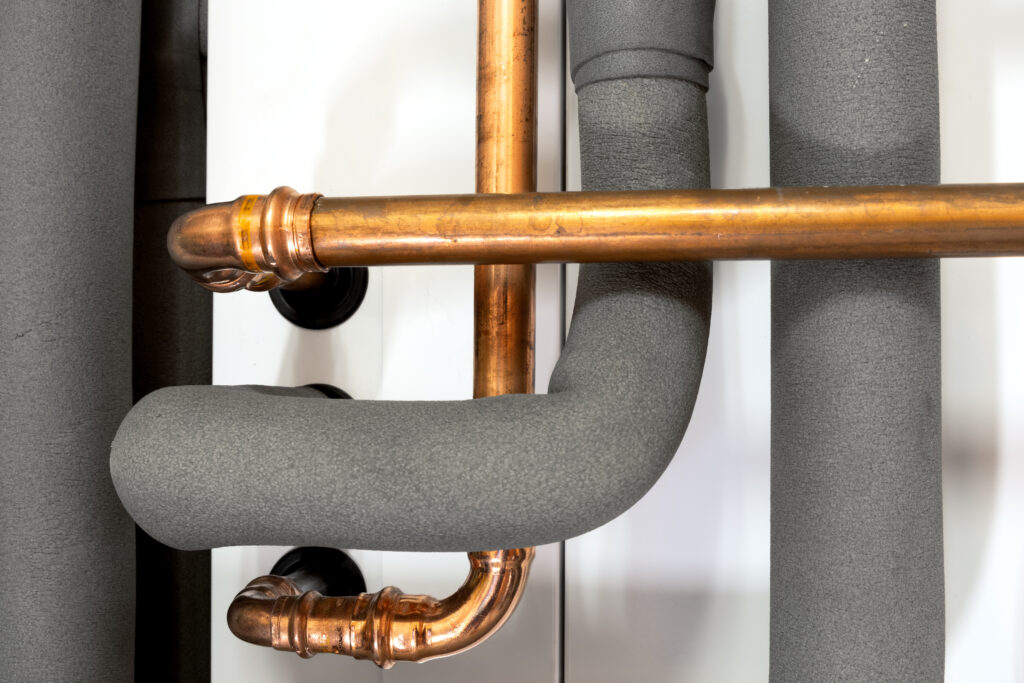

Blog
Dry Air in the House: 6 Signs Your Air Is Too Dry and How to Fix It

Dry air in the house is a common issue during Des Moines winters. Humidity is most often associated with those really hot summer days, the sticky, muggy kind that make you uncomfortable. That’s because there’s too much moisture in the air. But in the wintertime, too little is often the culprit for indoor discomfort. Let’s take a look at the symptoms of low humidity levels and what you can do about it.
Dry Air in Your Des Moines Home? Here’s What to Watch For!
Winter is here, and that means dry air. Although there are a number of ways to tell if your home’s humidity is too low, we’ve narrowed it down to the six telltale signs we encounter most often.
- Itchy, dry skin and/or eyes
- Scratchy throat
- Chapped lips
- Nose bleeds
- Static electricity or flyaway hair
- Splitting hardwood floors
If these sound familiar, dry air in your house could be the cause, or at least a contributor. So what now? You could check for and seal any air leaks or try DIY humidification, but the most effective way to manage humidity levels in your home is a centralized humidifier.
What Is a Central Humidifier?
Whole-house (central) humidifiers are connected to your home’s hot air ducts and cold air return and disperse moisture into the air. They can work with your HVAC system or independently and offer a number of benefits:
- Energy and money savings
- Decreased chance of colds, flu, and respiratory illness
- Support for people with allergies or asthma
Types of Central Humidifiers
There are three types of whole-house (central) humidifiers — bypass, fan-powered and steam.
- Bypass humidifiers are installed directly on your central heating and cooling system. They take dry, hot air from the HVAC system andpass it through a water tray, where the water evaporates, turns to vapor and is circulated throughout your home. Because bypass humidifiers use the blower motor of the furnace, your furnace must be running in order for the unit to work.
- Fan-powered humidifiers also take hot air, pass it through a water tray and turn it to vapor. The biggest difference is that while a bypass humidifier relies on the furnace's blower-motor, fan powered units can operate on their own and, as a result, humidify your house faster.
- Steam humidifiers, as the name suggests, work by electrically boiling water to create steam, which is pushed throughout the ventilation system.
Depending on which humidifier you choose, you can expect to pay anywhere from $500-$1,200, plus the cost of installation.
Managing humidity levels in your home during all seasons is important for comfort, health, and keeping the atmosphere balanced. Want to learn more about humidity control options to better manage the dry air in your house? Call a Bell Brothers professional, we’re standing by and ready to answer your questions about indoor air quality and how we can help.








